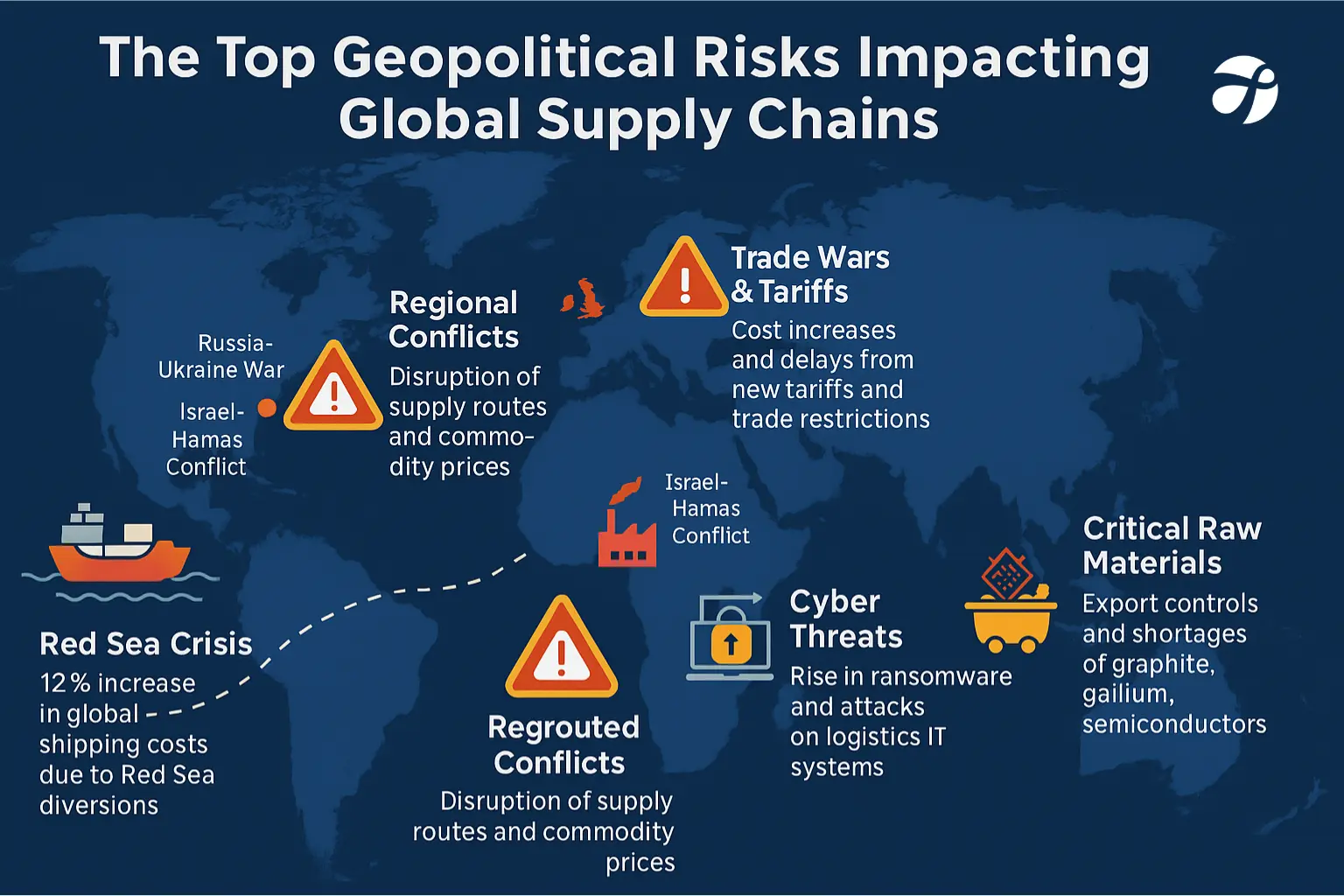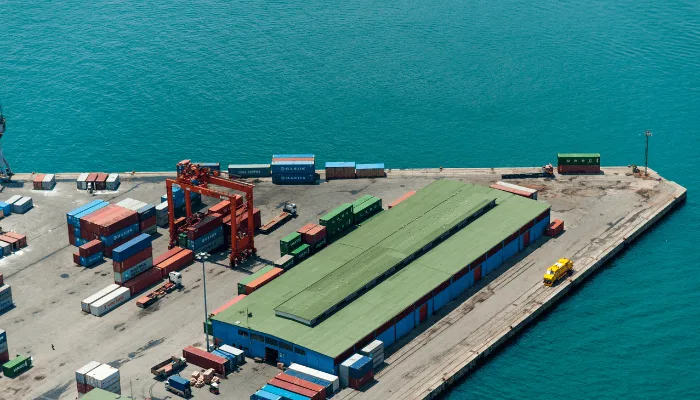
Impact of Geopolitical Risks on Chemical Export Markets
Introduction
The global chemical export market is highly sensitive to geopolitical risks. From U.S.-China trade disputes to sanctions on Iran, and from Russia-Ukraine conflict to Red Sea shipping disruptions, exporters and importers face constant uncertainty. Unlike consumer goods, chemicals and petrochemicals such as PE100B, base oil SN150, and monoethylene glycol (MEG) depend on long supply chains, strict compliance, and bulk shipping routes. This makes them particularly vulnerable to geopolitical instability.
In this article, we will explore how geopolitical risks shape chemical exports, their impact on prices, logistics, and buyers, and what strategies exporters can use to mitigate these risks.
1. Understanding Geopolitical Risks in Trade
Geopolitical risks include:
Wars and conflicts (e.g., Russia-Ukraine, Middle East tensions).
Sanctions and trade restrictions (e.g., Iran petrochemical sanctions).
Energy security issues (oil price shocks affecting chemical feedstocks).
Maritime security (Red Sea, Strait of Hormuz, South China Sea).
Diplomatic tensions affecting trade agreements and tariffs.
These risks lead to higher freight costs, longer lead times, and volatile chemical prices.
2. Impact on Chemical Prices and Supply Chains
Feedstock Volatility: Crude oil fluctuations caused by conflicts directly impact MEG and PE100B prices.
Higher Freight Rates: Disruptions in Suez Canal or Red Sea increase shipping costs by up to 40%.
Insurance Premiums: Political instability raises marine insurance costs for chemical shipments.
Price Volatility: Buyers face uncertainty when sourcing base oil SN150 or PE100B as regional risks drive sudden price shifts.
3. Case Studies of Geopolitical Impact
a) Russia-Ukraine War
Disrupted European gas supply.
Sharp rise in fertilizer and petrochemical feedstock prices.
European buyers looked to Middle East and Asia for alternatives.
b) U.S. Sanctions on Iran
Restricted direct exports of petrochemicals.
Boosted free trade zone (FTZ) exports via UAE, Oman, and Turkey.
Buyers in Asia shifted to alternative suppliers but at higher costs.
c) Red Sea Shipping Disruptions (2024-2025)
Tankers carrying chemicals rerouted around Africa.
Freight time increased by 10–15 days.
Major impact on bulk shipments like monoethylene glycol and solvents.
4. Regional Impacts
| Region | Geopolitical Risks | Impact on Chemical Exports |
|---|---|---|
| Middle East | Sanctions, Strait of Hormuz tensions | Higher risk premiums, alternative routes via Oman/UAE |
| Europe | Russia-Ukraine war | Supply chain disruptions, higher import reliance |
| Asia | U.S.-China trade war | Tariff hikes, reshuffling of sourcing patterns |
| Africa | Political instability in Nigeria, Sudan | Unstable energy/feedstock supply |
| South America | Currency volatility | Export competitiveness fluctuates |
5. Strategies Exporters Use to Overcome Risks
Diversifying Markets: Exporting to multiple regions reduces reliance on a single market.
Using Free Trade Zones (FTZs): Exporters store products in neutral hubs like Jebel Ali to bypass sanctions delays.
Flexible Shipping Routes: Partnering with logistics providers who offer alternative routing options.
Hedging Prices: Exporters and buyers lock in contracts to reduce volatility from oil or currency changes.
Strong Compliance Programs: Ensuring alignment with international trade regulations to avoid penalties.
6. Future Outlook: Will Risks Increase or Decrease?
Energy Security Concerns: As global demand for petrochemicals grows, reliance on politically unstable regions increases.
Rise of Regional Alliances: BRICS, GCC, and ASEAN may reduce Western influence in trade routes.
Technology & Digitalization: Blockchain in shipping and AI-driven risk monitoring will help exporters manage uncertainty.
Shift in Trade Hubs: More chemical exports may move through African and South Asian ports to diversify away from high-risk chokepoints.
FAQs
Q1: Which chemicals are most affected by geopolitical risks?
Bulk products like PE100B, base oil SN150, MEG, and solvents due to their reliance on bulk shipping.
Q2: Do sanctions completely block chemical exports?
No, many exporters use free trade zones and re-export hubs to continue trade legally.
Q3: How do geopolitical risks affect buyers?
They face unstable chemical prices, higher freight costs, and delivery delays.
Q4: What is the best way for exporters to prepare?
Diversify trade routes, secure letters of credit, and build long-term partnerships with buyers.

Would you be looking for suppliers in Iran?
- Contact Us today and get connected with producers and export-ready logistics.
- sales@PetroExportHub.com

Related posts
Mono Ethylene Glycol (MEG) serves as a cornerstone for modern antifreeze and coolant formulations, offering reliable freezing protection and heat resi . . .
Explore Solvent 100’s specs, uses, and export opportunities from Iran. Ideal for paint, ink, and adhesive buyers in India, Turkey, UAE, and Africa. . . .
Explore everything you need to know about exporting sulphur from Iran in 2024 — including types, packaging, documents, ports, prices, and top import . . .
Explore Iran’s top ports for petrochemical exports, including Bandar Imam Khomeini, Assaluyeh, and Bandar Abbas. Compare infrastructure, accessibili . . .
Learn the key differences between polypropylene (PP) and polyethylene (PE), their applications, advantages, and how to choose the right polymer for yo . . .
Discover how a Turkish plastics manufacturer reduced costs by 22% through importing HDPE from Iran. Real-world case study by PetroExportHub. . . .
Learn why Iran is a leading exporter of polyethylene (PE). Discover grades, global applications, and how PetroExportHub connects buyers with top suppl . . .
We are here to answer your questions....
Petro Export Hub
PetroExportHub specializes in the export of premium-grade petrochemicals, minerals, and industrial chemicals from Iran, serving international markets with reliability, transparency, and tailored logistics solutions
Tehran Office
Phone:
0214865484 | +989127607241
Address:
Tehran..
China Office
TEL :
0211400
Address:
Zhongzhou Bie Lu, Zhongcheng Street, Yiwu City, Zhejiang Province, China
Quick Access
Quick Access
- Contact Our Sales Team
- Frequently Questions
- Shipping & Logistics
- Become a Partner
- Certificatins & Quality







